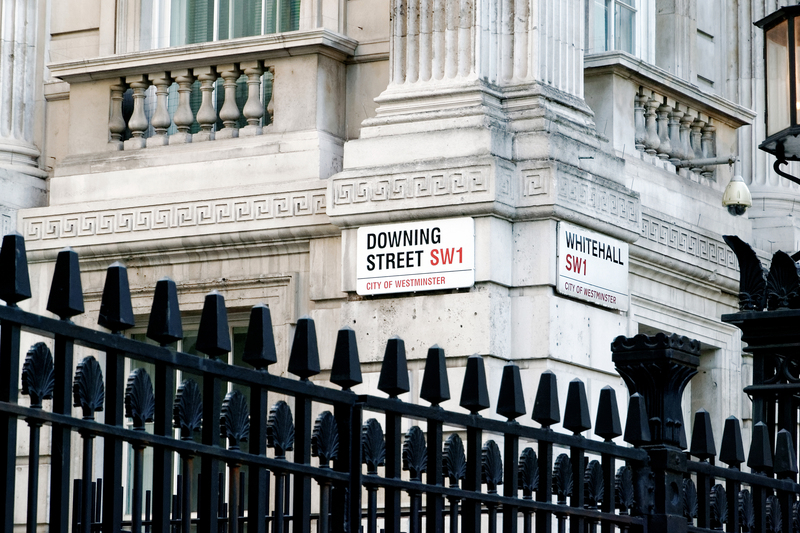Relocating a shed in the UK can be a practical solution for various reasons, ranging from redesigning your garden to accommodating new landscaping features. Whether you're moving the shed within your property or transporting it to a new location, planning and executing the move correctly are crucial for ensuring the shed remains functional and in good condition.
Essential Steps for Relocating a Shed
Before you start the process, there are several critical steps to follow:
1. Assess the Shed's Condition
Inspect your shed for any damage or structural weaknesses. Repairing issues beforehand can prevent further damage during the move.
2. Gather Necessary Tools and Equipment
You will need tools such as a crowbar, screwdrivers, a sledgehammer, and possibly jacks and rollers for larger sheds. Having the right equipment on hand can make the process smoother and more efficient.
3. Empty the Shed
Remove all items from the shed to reduce its weight and prevent any damage to the contents during the move.
4. Map Out the New Location
Ensure the new site is leveled and accessible. Marking out the area where the shed will be relocated can help you visualize the final setup and make adjustments if necessary.

Methods for Moving a Shed
Depending on the size and structure of your shed, there are different methods to move it:
1. Dismantling and Reassembling
This method involves taking the shed apart, transporting the pieces, and reassembling it at the new location. It's suitable for larger or more complex sheds.
2. Moving the Shed in One Piece
For smaller sheds, you can lift the entire structure and transport it using a trolley or trailer. This method is quicker but requires careful handling to avoid damage.
3. Using Rollers
If the shed is not too large, you can place it on rollers and push or pull it to the new location. This technique is useful for short distances.
Tips for a Smooth Relocation
To ensure a successful shed relocation, consider the following tips:
1. Enlist Help
Having extra hands will make the process faster and safer. Friends or professionals can assist with lifting and maneuvering the shed.
2. Protect the Shed
Use padding or blankets to protect the shed from scratches and impacts during the move.
3. Secure Permits if Necessary
Check with your local council to see if you need any permits for relocating your shed, especially if you're moving to a new property or making significant changes.
Pros and Cons of Relocating a Shed
Pros:
- Maximizes garden space and functionality.
- Can improve the aesthetic appeal of your property.
- Allows for better use of the shed's location relative to sunlight, accessibility, and proximity to other garden features.
Cons:
- Time-consuming and potentially labor-intensive process.
- Risk of damage to the shed or its contents during the move.
- Potential need for permits and regulatory compliance.

Key Takeaways
- Proper planning and preparation are crucial for a successful shed relocation.
- Different methods can be used depending on the size and structure of the shed.
- Consider the pros and cons before deciding to move your shed.
Conclusion
Relocating a shed in the UK involves careful planning, the right tools and equipment, and an understanding of the pros and cons. Whether you choose to dismantle and reassemble the shed, move it in one piece, or use rollers, following the steps and tips outlined in this guide will help ensure a smooth and successful relocation. Remember to assess your shed's condition, gather help, and secure any necessary permits for a hassle-free process.





